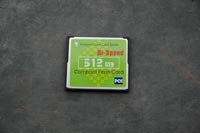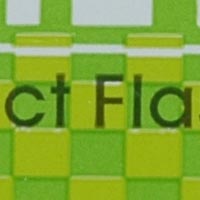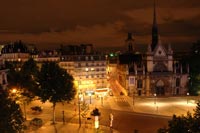Nikon D70s
Review Date: August 1st 2005
|
Image Quality
All of the sample images in this review were taken using the JPEG Fine (3008 x 2000) mode, which gives an average image size of around 2.5Mb.
Noise
There are ten different ISO settings available on the Nikon D70s which you can select at any time. Here are some 100% crops which show the noise levels for each ISO setting:
ISO 200 (100% crop) |
ISO 250 (100% crop) |
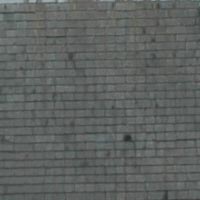 |
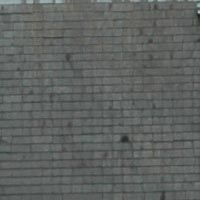 |
ISO 320 (100% crop) |
ISO 400 (100% crop) |
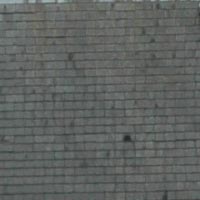 |
 |
ISO 500 (100% crop) |
ISO 640 (100% crop) |
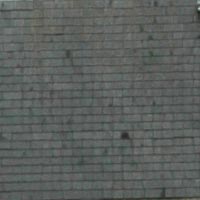 |
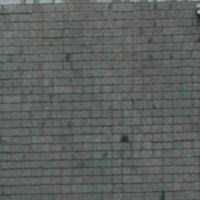 |
| ISO 800 (100% crop) | ISO 1000 (100% crop) |
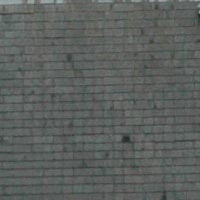 |
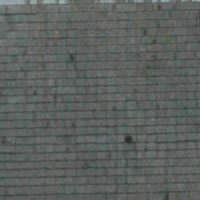 |
| ISO 1250 (100% crop) | ISO 1600 (100% crop) |
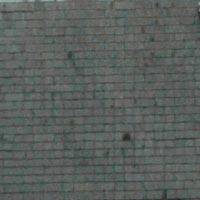 |
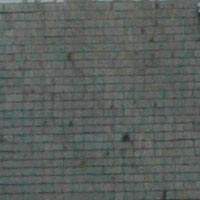 |
The noise levels look very good at ISO 200-800, with some noise and RGB artefacts starting to appear at ISO 1000, 1250 and 1600. Overall though the Nikon D70s exhibits little noise at any of the settings and is useable throughout the ISO range.
Sharpening
Here are two 100% crops which have been Saved as Web - Quality 50 in Photoshop. The right-hand image has had some sharpening applied in Photoshop. The out-of-the camera images at the default Optimize Image setting of Normal are on the soft side with post-processing bringing out some extra detail.
Original 100% Crop |
Sharpened 100% Crop |
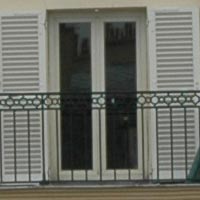 |
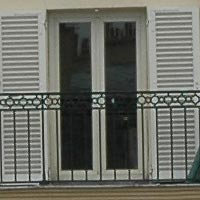 |
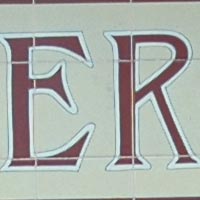 |
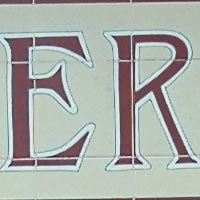 |
File Quality
The Nikon D70s has four different file quality settings available, with Fine being the default option. Here are some 100% crops which show the quality of the various options, with both the pixel and file size shown in brackets.
|
RAW (3008 x 2000) (5.36Mb) |
Fine JPEG (3008 x 2000) (2.30Mb) |
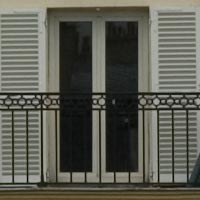 |
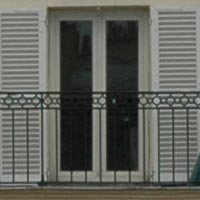 |
|
Normal JPEG (3008 x 2000) (1.18Mb) |
Basic JPEG (3008 x 2000) (651Kb) |
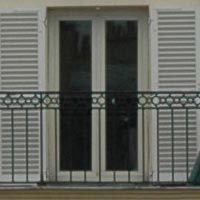 |
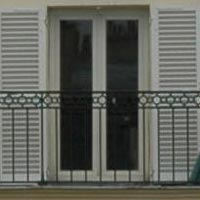 |
Chromatic Aberrations
I couldn't find any examples of chromatic aberrations in the review shots taken with the Nikon D70s! I'm sure the D70s will exhibit chromatic aberrations in some situations at some point in the future, but for the purposes of this review it passes with flying colours.
Macro
The Nikon D70s offers a Macro scene mode, but as the D70s is a digital SLR it is the lens that determines how close you can get to the subject, not the camera body. The standard 18-50mm kit lens allows you to focus on a subject that is 25cms away from the camera respectively. The first image shows how close you can get to the subject (in this case a compact flash card). The second image is a 100% crop.
|
Macro Shot (click to view full-sized image) |
100% Crop |
Flash
The flash settings on the Nikon D70s are pretty standard - Front-curtain Sync (normal sync), Red-eye Reduction, Red-eye Reduction with Slow Sync, Slow Sync and Rear-curtain Sync. These shots of a white wall were taken at a distance of 1.5m.
|
Flash Off - Wide Angle (27mm) |
Auto Flash - Wide Angle (27mm) |
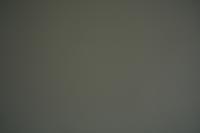 |
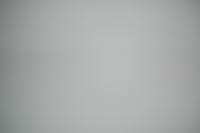 |
|
Flash Off - Wide Angle - Lens Hood Fitted (27mm) |
|
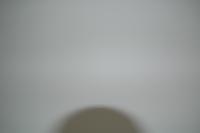 |
|
|
Flash Off - Telephoto (75mm) |
Auto Flash - Telephoto (75mm) |
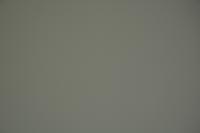 |
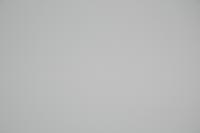 |
And here are some shots of yours truly. As you can see, neither the Flash On or Red-Eye Reduction setting caused any amount of red-eye, and the exposure was fine.
|
Flash On |
Flash On (100% Crop) |
 |
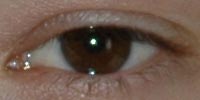 |
|
Flash - Red-Eye Reduction |
Flash - Red-Eye Reduction (100% Crop) |
 |
 |
Night Shot
The Nikon D70s maximum shutter speed is 30 seconds and there is also a Bulb setting (allowing you to open the shutter for as long as you like), which is great news if you're interested in night photography. The shot below was taken with a shutter speed of 15 seconds, aperture of f/11 at ISO 200. I've included a 100% crop of the image to show what the quality is like.
|
Night Shot (click to view full-sized image) |
100% Crop |
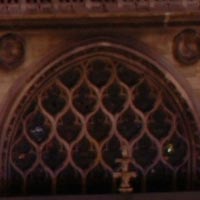 |
|
Overall Image Quality
The Nikon D70s produced images of excellent quality during the review period. The 6 megapixel JPEG photos were soft out of the camera at the default setting and benefit from further sharpening in an application like Adobe Photoshop. Alternatively you can increase the sharpening setting on the camera or shoot in RAW mode and sharpen the files later on your computer. The Nikon D70s's best performance was with chromatic aberrations, which simply did not appear in any of the test shots! It also handled noise well, with ISO 200-800 displaying little noise and the fastest setting of ISO 1600 also being useable. Macro performance was average with the supplied 18-70mm lens, although with this camera being a DSLR you could always treat yourself to a dedicated macro lens. The built-in flash got the exposure right indoors and there was no evidence of redeye. With a maximum shutter speed of 30 seconds and a Bulb setting, the Nikon D70s offers great potential for creative night shots.
|
 PhotographyBLOG is a member of the DIWA organisation. Our test results for the Nikon D70s have been submitted to DIWA for comparison with test results for different samples of the same camera model supplied by other DIWA member sites.
PhotographyBLOG is a member of the DIWA organisation. Our test results for the Nikon D70s have been submitted to DIWA for comparison with test results for different samples of the same camera model supplied by other DIWA member sites.

